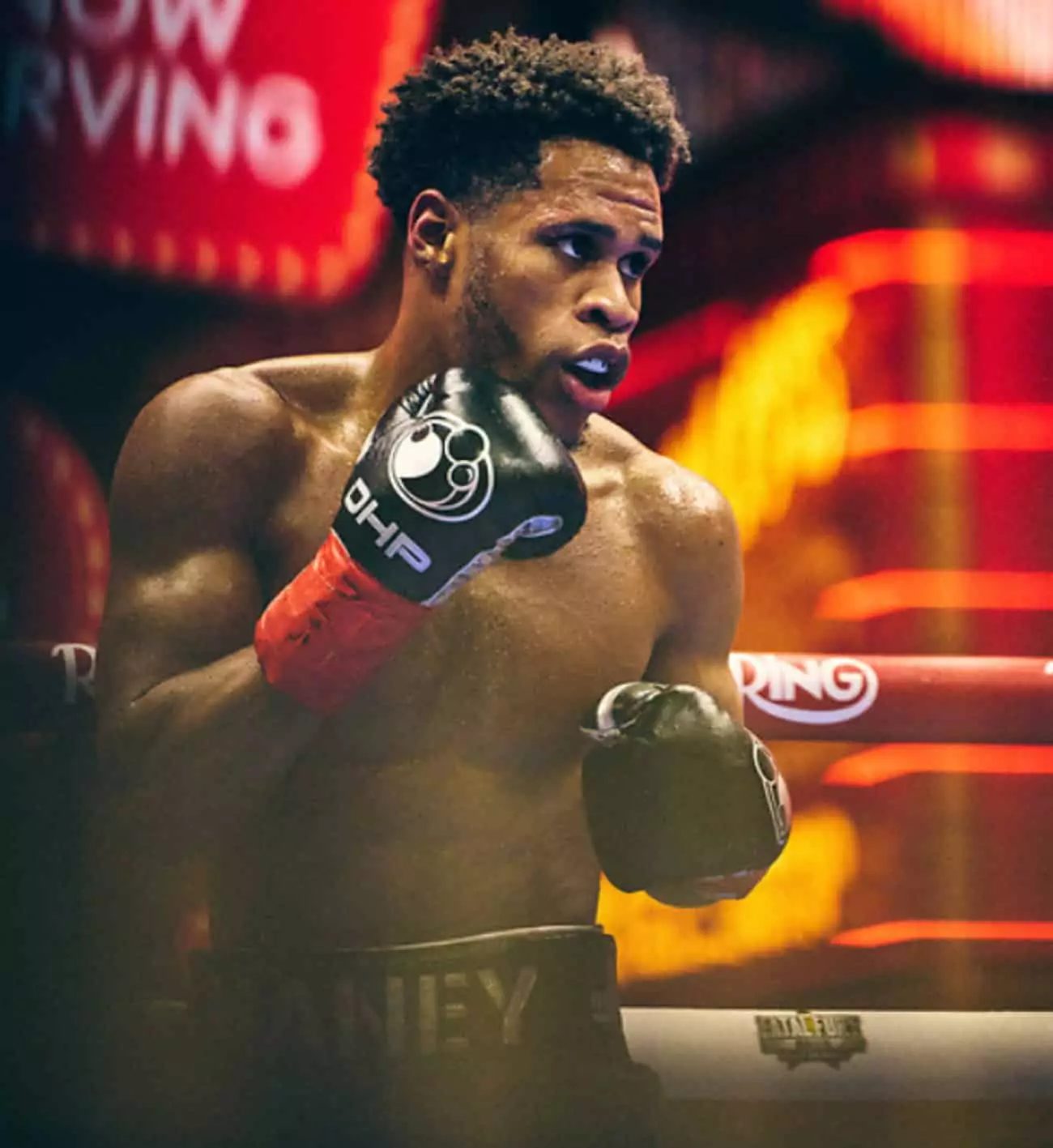In the world of professional boxing, the narrative around a fighter’s performance can often be painted with a broad brush. Recently, Devin Haney faced scathing criticism following a lackluster display against Jose Ramirez on May 2nd. Many, including his coach Stephen Edwards, argue that the nuances of Haney’s performance deserve a closer examination. The essence of the argument is clear: boxing is not merely a physical endeavor; it also demands a sound mental state. Edwards asserts that no one should hastily judge Haney based solely on one subpar outing, especially while considering the emotional repercussions from past battles.
Haney’s bout against Ryan Garcia left him grappling with significant psychological effects, reported to resemble symptoms of PTSD. This layer of mental stress complicates not just Haney’s ability to perform but calls into question the fairness of subjecting fans to his current state. If psychological wounds linger—unseen but impactful—it raises serious concerns about whether he is ready to engage at a professional level. As Edwards astutely points out, “PTSD is real,” and the aftermath of a grueling fight can haunt a fighter long after the final bell rings.
The Weight of Expectations in Professional Boxing
Boxing is famously known as the “sweet science,” but the emotional and psychological weight it carries can be burdensome. Haney’s contract for the fight against Ramirez reportedly netted him $10 million, a sum that undeniably amplifies expectations. Fans often enter arenas anticipating not just a contest, but a spectacle filled with excitement and entertainment. However, what happens when the fighter stepping into the ring isn’t wholly themselves? Are fans entitled to a refund on entertainment value, or is it part of the grueling path of sportsmanship?
Edwards suggests a level of grace and time to allow Haney to recalibrate. Yet, one cannot ignore the frustration fans experience when the fighter they root for doesn’t deliver. The contention here lies not in the criticism of Haney as a fighter but in the expectations from the audience. If he steps into the ring while still battling the psychological ramifications of previous engagements, perhaps a reassessment of his readiness should take precedence over profitability.
Grading Performance: A Call for Empathy
Every boxing match creates a narrative, and with that comes a sense of accountability from the fighter. When assessing Haney’s performances against Cesar Ramirez, it’s essential to consider the brutal toll of his prior match. Edwards raises pertinent inquiries about whether Haney should be fighting at all if he’s not mentally equipped. As fans and pundits alike ponder whether this perceived level of ‘gun-shyness’ is merely a phase or indicative of deeper issues, the implications are vast. There’s dilemma: should a fighter in mental distress be participating in such high-stakes competitions?
Furthermore, the issue extends to promotional entities like Turki Alalshikh, who seek to capitalize on Haney’s marketability without considering the fighter’s mental health. The question looms: should economic incentives take precedence over a fighter’s well-being? If Haney’s adverse reactions to pressure result in less-than-stellar performances—fueled by the trauma of being dropped three times in a previous fight—the responsibility may lie with those who orchestrate these bouts to reassess their approach toward athlete welfare.
The Path to Recovery: A Long Road Ahead
Though time may be a healer, the road to recovery in boxing isn’t just about stepping back into the ring. Edwards acknowledges that the process for Haney may not be a quick fix; it involves gradual adjustments and possibly numerous fights to regain his confidence and capability. However, this needs to be balanced with the realities of the boxing business, where time is an expensive commodity.
Will Haney require significant time off to prioritize mental health, or is a gradual reintegration into competitive boxing feasible? If lingering effects from past performances inhibit his ability to fight effectively, the solution may lie in reevaluating his matchups rather than simply placing him in high-octane fights for financial gains. It’s a delicate balance, as misuse of the term “grace” in combat sports could lead to long-term ramifications, not just on a fighter’s career but also in altering the public perception of mental health in athletics.
In the end, what lies ahead for Devin Haney is both an exploration of self and a determination to step beyond the shadows of past traumas. His story encapsulates what it means to balance the blood, sweat, and tears of a sport with the emotional intricacies that come along with such an unforgiving arena. As fans look on with hope, the responsibility lies with promoters, trainers, and the fighters themselves to navigate these murky waters judiciously.

